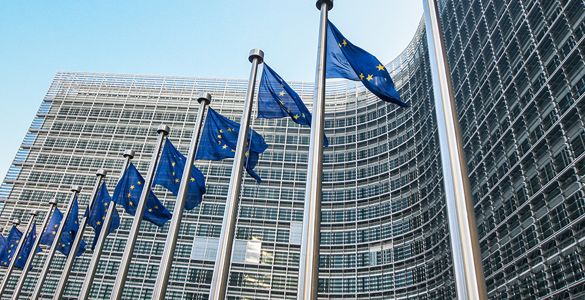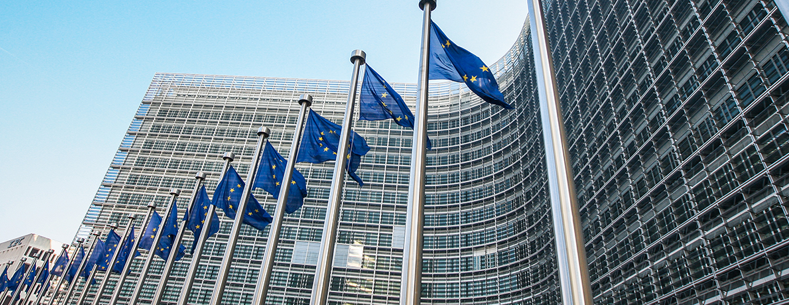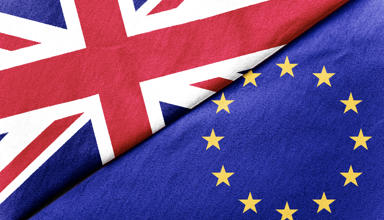On 29 March 2017, the Prime Minister, Theresa May sent formal notification to the European Union (EU) of the UK’s intention to the leave the EU. This triggered the two year timeline within which the Article 50 negotiations on Brexit with the EU must be concluded. Today marks the half way point in the negotiations, with the UK scheduled to formally leave the EU at midnight on 29 March 2019.
The negotiations are taking place in two phases. Phase one has included negotiations on issues to do with the UK’s withdrawal from the EU which broadly covers the financial settlement, citizen’s rights, other separation issues and the Northern Ireland and Ireland border. Phase two covers an agreement on a transition period and the framework for a future partnership.
What has been agreed so far?
Whilst nothing will be formally agreed until towards the end of the two years progress has been made towards reaching political agreement on some aspects of both the phase one and phase two talks.
On the 19 March 2018, the UK Government and the EU published an updated version of the draft legal text on the Withdrawal Agreement. The parts of the text coloured in green indicate areas where there is agreement between both sides, text coloured in yellow indicates where there has been agreement on a policy objective but more work is needed on the wording of the text and text in white indicates where that has not yet been an agreement. As the coloured text indicates, the UK and EU have reached agreement on the issue of citizen’s rights, the UK’s financial settlement and most other separation issues such as what will happen to goods placed on the EU market before the UK leaves that will still be in circulation after. The key areas in white that indicate that an agreement has yet to be reached include what happens on the Norther Ireland/ Ireland border and EU address this issue and what role the European Court of Justice will play in arbitrating any future disputes on the implementation of the Withdrawal Agreement.
Following the publication of the draft text on 19 March the Secretary of State for Exiting the EU, David Davis and the EU’s Chief negotiator, Michel Barnier announced that the UK and EU had reached political agreement on the transition period. Although the UK will formally leave the EU on 29 March 2019 there will be a 21 month transition period between the end of the UK’s membership and the beginning of any new relationship agreed with the EU. The transition period will end in December 2020. During that period, the UK will abide by all the EU’s rules. The UK will also participate in EU programmes such as the Common Agricultural Policy and Common Fisheries Policy and continue to receive payments from these EU programmes. In addition, the UK will be able to negotiate and sign its own trade deals with non-EU countries during the transition period but these won’t be able to come into force until after December 2020. The agreement on transition has been welcomed by parties on both sides of the negotiations for providing citizens and businesses with more time to prepare for any changes to the future relationship.
What remains to be agreed?
As set out above, all issues in white in the draft legal text relating to phase one of the negotiations remain to be agreed, including an agreement on a solution to avoiding a hard border on the island of Ireland. The UK and EU have announced the dates for a series of further meetings on this issue that will take place between now and 18 April 2018 to seek further progress.
The UK and EU are also yet to agree a framework on the future partnership post-Brexit. Whilst it is unlikely that the details of an agreement on the future relationship will be resolved by 29 March 2019, a political declaration setting out the parameters for a future partnership will be adopted alongside the legal text of Withdrawal Agreement. On 2 March the UK Prime Minister, Theresa May, made a speech setting out further detail on what the UK Government would like to see included within a future partnership. Further detail on the speech can be found in the Research Service’s latest Brexit monitoring report.
On 23 March the European Council adopted its negotiation guidelines on a future partnership. The EU’s Chief negotiator, Michel Barnier will use these guidelines as a basis for discussions with the UK Government on the content of the political declaration.
The guidelines published by the Council indicate that there are some areas of commonality between what the UK Government and EU hopes to include in a future partnership such as zero tariff trade, security partnership and agreements on areas such as research and innovation. The guidelines also indicate areas where further discussion is needed such as what membership or relationship, if any, the UK will be able to have with EU agencies such as the European Medicines Agency.
What are the next steps?
Discussions between the UK Government and the EU will continue on both the Withdrawal Agreement and the framework for a future partnership. Both negotiating teams hope to have texts agreed by October 2018 so that there is sufficient time for the texts to be ratified by the European Council, the European Parliament and the UK Parliament before 29 March 2019.
The Assembly’s External Affairs Committee, who has been tasked with considering the implications of Brexit for Wales, published Part One of its report on Wales’ future relationship with Europe on 27 March. The report sets out the views of different stakeholders and sectors in Wales on what should be included within a future relationship agreement with the EU. The Committee will now begin work on its Part two report which will reflect further on the views from the EU about what might be possible in a future relationship and consider in greater detail how Wales can maintain a relationship with Europe and the EU post-Brexit.
Article by Nia Moss, National Assembly for Wales Research Service






